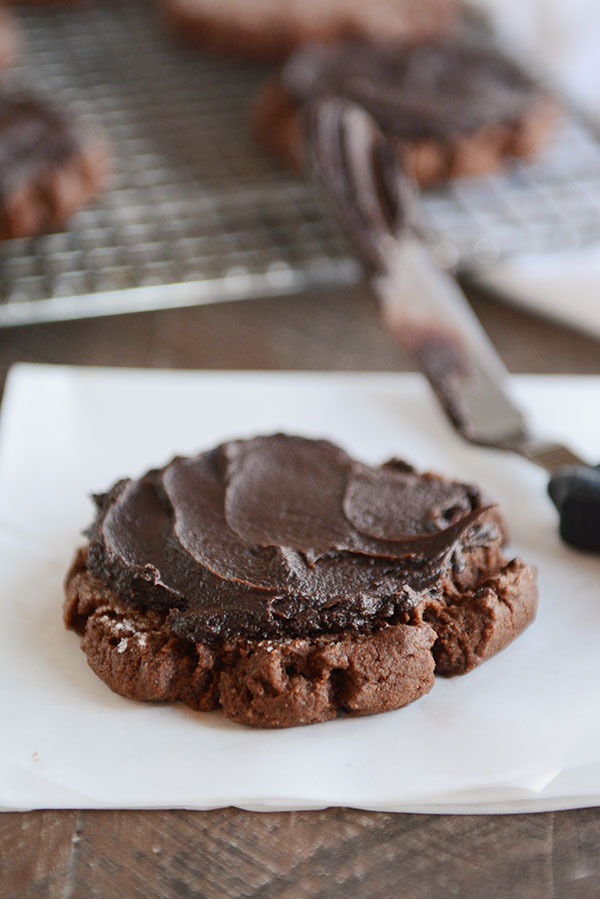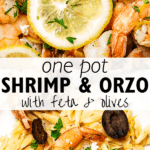There are more than 1800 different types of cheese from all over the world. They are generally categorised by milk, texture, country of origin, flavour and preparation.
Countries, especially those in Europe, take great national pride in their cheeses and protect their denomination with strict regulations about where cheese can claim origin, the terroir and its method of preparation. Textures range from soft to hard, semi-hard, and semi-firm, while flavours range from mild to extra sharp. Some cheeses are fresh and meant to be eaten straight away, while others can be aged for months or even years. Here are just a few types of cheeses and their uses.
Blue cheese
Photo: Towfiqu barbhuiya | Unsplash
Blue cheese is so-called because it is made with a certain type of edible mould, penicillium, which appears as blue spots within the cheese. It is usually soft or semi-soft, and has a strong, sharp flavour. Blue cheese is most often served on a cheese board, or as charcuterie, but it is also melted on burgers or steaks, or blended into a sauce or dip to be served with meats. Blue cheese is also crumbled onto salads like a Cobb salad.
Camembert
Photo: Margaret Jaszowska | Unsplash
Camembert is a creamy, soft cheese that was first made in Camembert, Normandy, and northeast France in the 16th century. It has a medium-strong sharp flavour and is served at room temperature to allow the cheese to ‘bleed’ so the flavours can ripen. Usually served on crackers, Camembert is a classic cheeseboard cheese, but it can also be deep-fried and melted in sandwiches or warmed in the oven.
Cheddar cheese
Photo: Önder Örtel | Unsplash
Cheddar comes from the village of Cheddar in Somerset, England, and is a semi-hard to hard cheese with a mild to sharp flavour. It is usually off-white but there is a coloured red version also. Cheddar’s flavour depends on its maturity, with aged cheddar cheese tasting sharper. It is a very versatile cheese and can be used in sandwiches and burgers, but aged cheddar works well on a cheese board and pairs very well with both red and white wines.
Emmental
Emmental cheese is a semi-soft cheese that originates from Emmental in the canton of Bern, Switzerland. It is made from fresh raw cow’s milk and has a mild to sharp flavour with fruity undertones. As a Swiss cheese it is characterised by large holes, caused by the starter culture used to make it. Emmental melts very well and is a favourite for the Swiss in fondue, but it can be melted over pretty much anything and its mild flavour won’t overwhelm others.
Feta
Photo: Lena Kudryavtseva | Unsplash
Feta is a fresh dry cheese made from goat’s milk, which comes from Greece and has an extra-sharp flavour. The classic use of feta is in a Greek salad, where its sharpness goes very well with fresh cucumber. It can be crumbled over salads and soups, roasted with vegetables and stirred into pastas.
Mozzarella
Photo: Cristiano Pinto | Unsplash
Mozzarella is a fresh, soft, smooth-textured cheese that comes from the south of Italy and is traditionally made from buffalo milk. It is very mid in flavour and is widely used in Italian cooking. It is an integral ingredient in pizza but also served raw in a capresse salad. It is hugely versatile and can be served in pasta dishes, and melted onto just about anything including enchiladas and arepas.
Cotija cheese
Photo: Alexander Maasch | Unsplash
Cotija is an aged cheese made from cow’s milk and comes from the town of Cotija, Michoacán, in Mexico. It ranges in flavour depending on age. Grated Cotija cheese is usually sprinkled over Mexican dishes, including tacos, enchiladas, and nachos.
Parmigiano Reggiano
Photo: Elio Santos | Unsplash
An Italian cheese that comes from the Parma region in Emilia-Romagna, it is an umami-rich, hard, aged cow’s milk cheese that is an important ingredient in Italian cooking. Almost all pasta dishes, except fish, call for a generous shake of parmesan cheese, but it can be eaten before or after a meal with red or white wine.
Manchego cheese
From the La Mancha region of Spain, manchego cheese is made with sheep’s milk from the manchego breed. It is typically served as a pairing with sun-dried tomatoes, olives or figs, as well as nuts like almonds, hazelnuts and walnuts. Its tangy flavour makes it a good addition to salads, soups and pastas.
Chèvre cheese
Photo: Nandhu Kumar | Unsplash
Also known as ‘le fromage de chèvre’, which means ’goat cheese’, it is a fresh cheese made from goats’ milk and is one of the oldest forms of cheese. It has a sharp flavour and goes very well with raw ingredients: fruits and vegetables, like salads and roasted veg. It can be melted with a little milk for a creamy dip or a sauce to be poured over your dish.
Cheese is one of the most delicious and versatile ingredients and there are no hard rues on how to use it. Experiment with it yourself and find the cheese that suits your palate – for those with lactose intolerance or for vegans there are an increasing amount of plant-based option out there that are also delicious.











.jpg)

